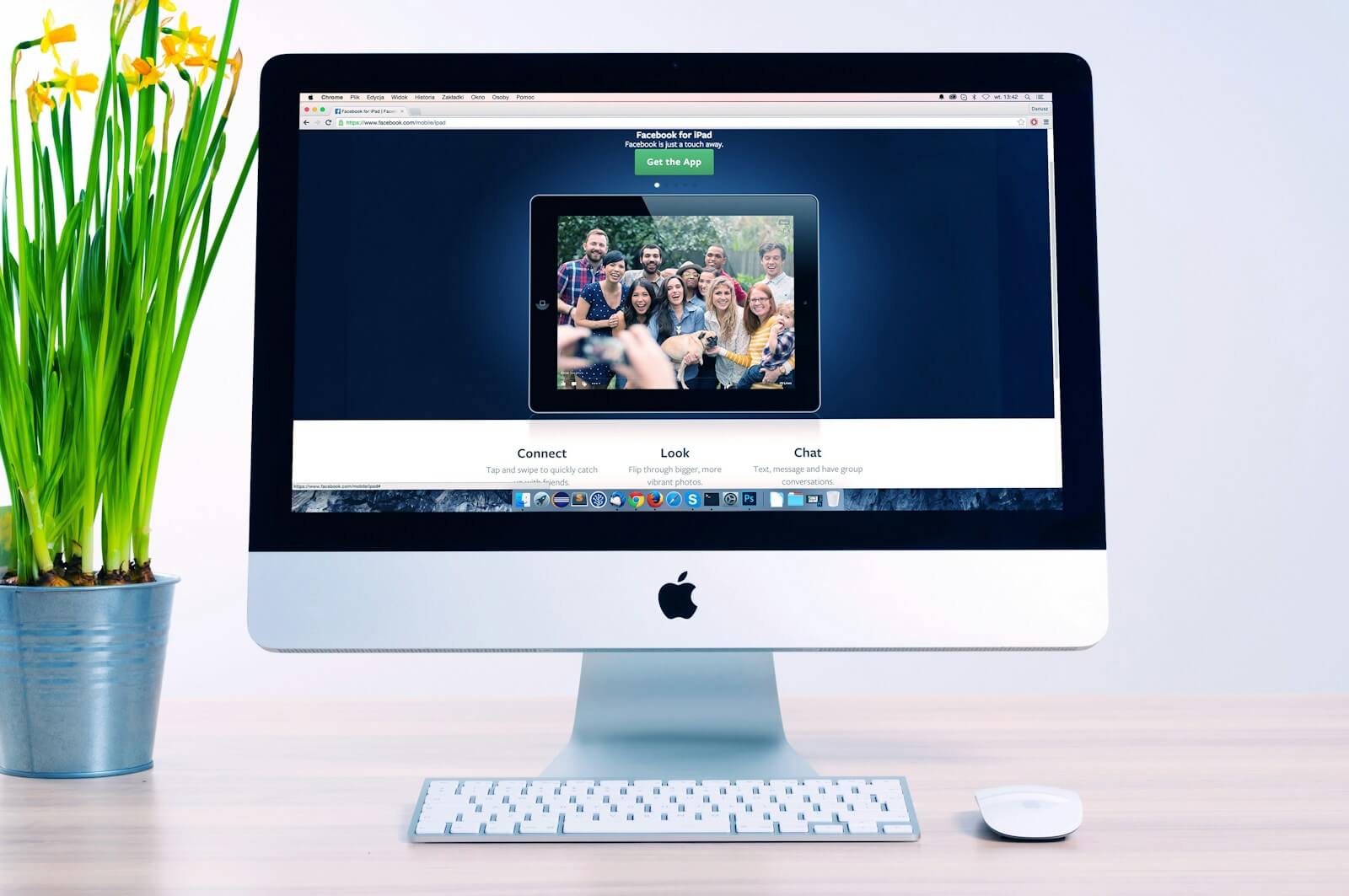A well-designed landing page can greatly increase conversions for your PPC or email marketing campaigns. Rather than directing visitors from those sources to your general website (where they may have a hard time finding what they’re looking for), you can direct them to a specifically designed landing page that steers them in exactly the direction you want them to take.
In addition to the content on your page, the actual design of your landing page plays a huge role in your success. You need to use the right colors, fonts, and other design elements to evoke emotion, inspire action, and get your visitors to convert. But what exactly should your landing page include?
Keep reading for tips on designing a great landing page for your site or blog.
1. Clarity is key
Landing pages are not the place to get cute or clever. In fact, the more straightforward you are, the better. This is where you need to quickly and clearly communicate what you are offering and why it is valuable.
If people are confused about what you’re offering or what they should do next, they will leave. Make sure your headline and subheadline are easy to understand and that your call to action (CTA) is clear.
Pro tip: If you’re struggling to come up with a headline that clearly communicates your offer, try using the “Problem, Agitate, Solve” (PAS) formula. This is a simple three-step process that can help you quickly create a headline that addresses a pain point and offers a solution.
2. Make sure your landing page is responsive
Responsive design is a must for all modern websites, and landing pages are no exception.
With so many people using mobile devices to browse the internet and shop online, it’s crucial that your landing page looks and functions well on all screen sizes. If your landing page is not responsive, you could be missing out on a lot of potential conversions.
To ensure your landing page is responsive, test it on different devices and screen sizes. This might be the perfect opportunity to use a digital marketing agency that excels in creating engaging, responsive landing pages for a variety of screen sizes and devices. You can also use a tool like Google’s Mobile-Friendly Test to see how your landing page looks on mobile devices.
3. Use a compelling headline
The headline is the first thing a visitor sees when they land on your page. So, you need to make sure it’s compelling.
Your headline should be succinct and clearly communicate what your offer is. It should also speak to the specific problem or challenge your target audience is facing.
In addition to your main headline, you can also include a subheadline to provide more context and detail.
For example, if you’re offering a free trial of your product, your main headline might be “Get Started with a Free Trial of [Your Product].” Your subheadline could then provide more detail about what the trial includes and who it’s for.
4. Add testimonials
Social proof is a powerful tool for increasing conversions on your website and landing pages. When people see that others like them have found success with your offer, they’ll be more likely to convert.
One of the best ways to add social proof to your landing pages is with customer testimonials. You can create customer data and testimonials with the help of a customer service virtual assistant. Testimonials are short quotes from customers that highlight the positive aspects of your offer. To further enhance authenticity, create social media posts that feature real user testimonials and integrate them into your landing page.
When adding testimonials to your landing page, make sure to include the customer’s name and photo (if possible) to make the testimonial more personal and credible. You can also include a star rating or review score to make the testimonial stand out on the page.
5. Use high-quality images
Images are a great way to break up text on your landing page and make it more visually appealing. However, you need to be careful about the images you choose.
First and foremost, it’s important to make sure that your images are high-quality. Blurry, pixelated, or low-resolution images can make your landing page look unprofessional.
In addition to being high-quality, your images should also be relevant to your offer. For example, if you’re promoting an ebook, you should use an image of the ebook cover. If you’re promoting a webinar, you should use an image of the presenter.
Finally, you should also be mindful of the colors in your images. You want to make sure that your images complement your landing page design, not clash with it.
6. Create a strong call-to-action
Your call-to-action (CTA) is the button on your landing page that encourages visitors to take the next step and convert. Your CTA should be bold, clear, and easy to find.
It should also be action-oriented. In other words, it should tell visitors exactly what to do. For example, if your landing page is promoting a webinar, your CTA might say “Register now” instead of “Learn more.”
You can also create a sense of urgency with your CTA, which can help increase your conversion rate. For example, you might add a time limit to your offer, such as “Sign up today” or “Limited time offer.”
7. Use bullet points to highlight benefits
When people are reading your landing page, they’re not going to want to read a big wall of text. That’s why it’s important to break up your copy and use formatting to make it as easy as possible to scan.
One of the best ways to do this is by using bullet points to list out the benefits of your offer. This makes it easy for people to quickly see what they’ll get out of your offer without having to read through a long paragraph.
You can also use bullet points to list out the features of your offer, or to summarize the key points of your copy.
8. Offer social proof
Social proof is a powerful tool you can use to build trust with your landing page visitors and show them that you’re a credible business.
There are many different types of social proof you can use on your landing pages, including customer testimonials, reviews, star ratings, case studies, and more.
Choose the type of social proof that will be most compelling to your target audience and make sure to include it on your landing pages.
For example, if you’re promoting a new product, you might want to include testimonials from beta testers who have already tried the product and loved it.
If you’re promoting a free trial of your software, you might want to include some case studies that show how your software has helped other businesses.
9. Use video to tell your brand story
Video is a great way to tell your brand’s story and connect with your audience on a personal level. It can also help you keep people on your landing page longer, which can increase the chances of them converting.
If you’re going to use video on your landing page, make sure it’s high-quality and professional. You don’t want to give people the wrong impression about your brand with a low-quality video.
You should also make sure that the video is short and to the point. Most people won’t want to watch a long video, so keep it under two minutes if possible.
10. Use trust badges
Trust badges are symbols that show your visitors that your business is credible, secure, and trustworthy. They can help ease any concerns your visitors may have and make them more likely to convert on your landing page.
There are many types of trust badges you can use, including security badges, payment badges, and industry-specific badges. You can also use badges to show off any awards or certifications your business has earned.
When using trust badges on your landing page, make sure to place them near your call to action to help increase conversions. You can also use them in other areas of your landing page, such as your hero section and footer.
11. Make sure your landing page is fast
The last thing to consider when designing a landing page is its speed. If your page takes too long to load, you could lose potential leads.
According to Google, the probability of someone bouncing from your site increases by 32% if your landing page load time goes from one second to three seconds. By six seconds, the probability of someone bouncing from your site increases by a whopping 106%.
To check your landing page load time, use a tool like Google’s PageSpeed Insights. This tool will analyze your site and give you suggestions on how to make it faster.
If your landing page load time is slow, consider compressing images, reducing the number of redirects, and minimizing server response time.
Conclusion
When it comes to landing page design, the goal should always be to make the user experience as seamless as possible. Follow the tips above and you’ll be well on your way to capturing more leads and growing your business.

